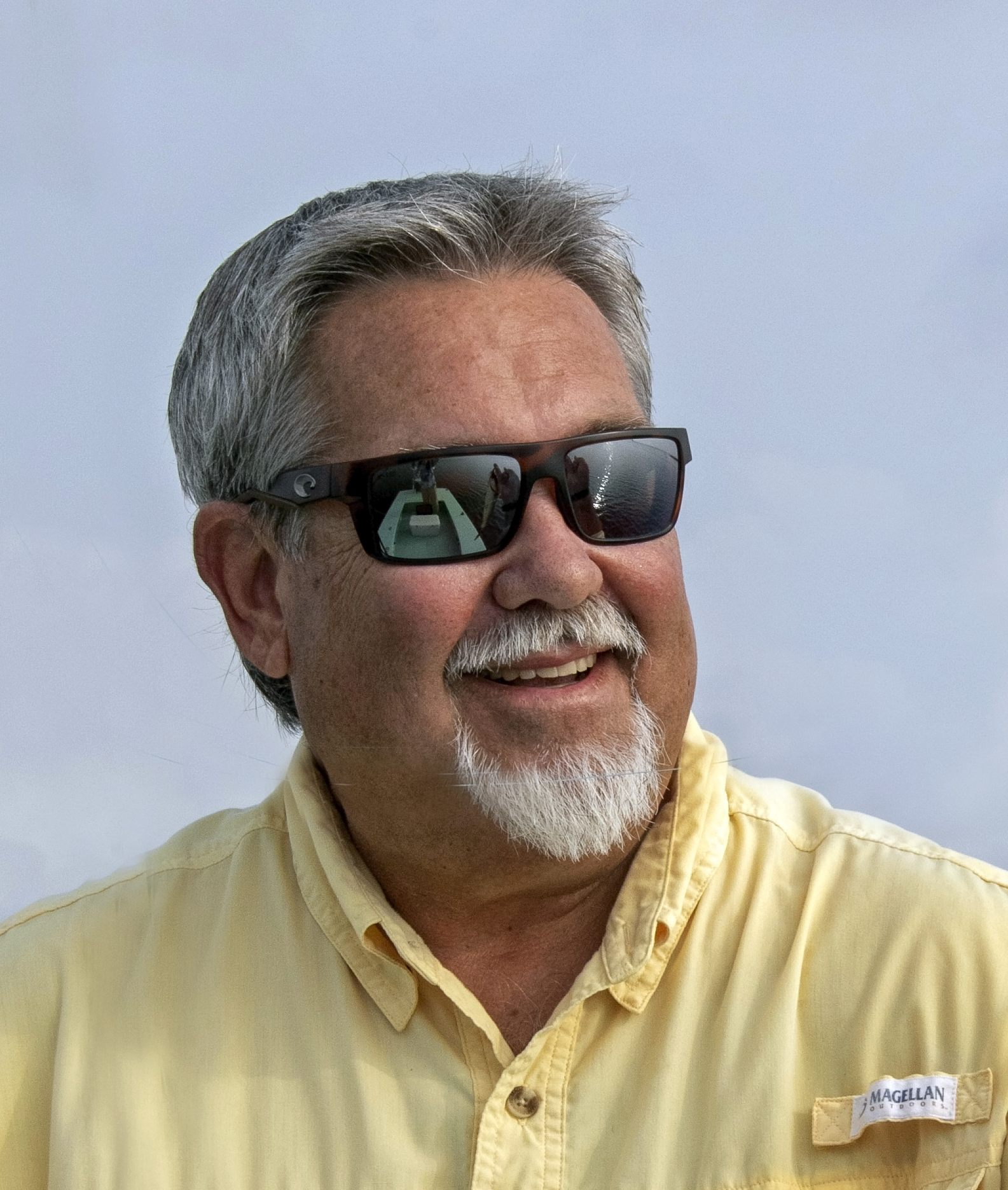| |
Each spring, many well-meaning folks find baby birds and either bring them home or take them to a wildlife rehab center.
Some of these rescue attempts could actually be misguided examples of wildlife kidnapping, officials say. The results often are unfortunate on several levels.
"The vast majority of baby birds brought to these facilities are fledglings," according to the U.S. Fish and Wildlife Service. "This means that the babies have grown to the point at which they are just too big for their nest and need room to move around, flap their wings, and learn to fly."
Capturing fledglings not only interrupts this natural process, but bringing them to a bird rehab center can crowd limited space at facilities such as the Rockport-Fulton Wings Rescue Center.
And handling certain species without a permit may also be unlawful. Raptors and waterbirds fall into this category.
Wildlife agencies suggest we not approach or handle fledglings. Chances are the mother is nearby, or will return soon to feed its young.
While volunteer surrogates are willing to care these needy newborns, it is likely a young bird's chances for survival improve with care from their real mothers.
Now, if you find a tiny newborn bird on the ground – without feathers or barely feathered – it's best to search for a nearby nest. If the nest is within reach or accessible, return the bird and walk away.
It is a fallacy that a mother bird will not care for offspring that carry human scent.
Storms or high winds sometimes dislodge nests from trees, scattering eggs or newborns. The same rule applies. If the nest is not too damaged, try returning it to its likely original spot.
If the nest is badly damaged, Texas Parks & Wildlife offers this suggestion: Place the nest material (plus eggs and young) into a strawberry basket or similar basket and secure it to a nearby tree.
Local rehab facilities, such as Wings, the Texas Sealife Center on Padre Island, Texas State Aquarium's Second Chances Wildlife Rehabilitation Program, and the Amos Rehabilitation Keep at the University of Texas Marine Science Institute in Port Aransas are mostly equipped to handle sub-adult or mature birds that are injured.
The folks at Wings are not yet able to adequately handle raptors. They can best care for songbirds, plus large and small waterbirds.
If you find an injured bird and want to help, simply call the Texas Parks & Wildlife game warden office at 361-289-5566. They will take it from there.
How to help
Donate time, money or materials such as birdseed, meal worms and building supplies to the following agencies:
Rockport-Fulton Wings Rescue Center – Mail: PO Box 1912, Rockport, TX 78381; Pay Pal: PayPal.Me/WRCdonations; call 361-205-0892; email kadams7747@austin.rr.com. Greatest needs: kink-free garden hose, 10-foot step ladder, kiddie pools, battery powered weed eater, garden snips and loppers, small fish (fresh or frozen).
Friends of the ARK – Mail: P.O. Box 755, Port Aransas, TX 78373; call 361-332-6361; friends@friendsoftheark.org. Greatest needs: laundry detergent, Dawn dish liquid, bleach, towels, hose nozzles, power washer, romaine lettuce, extension cords, hand tools (screw drivers, pliers, etc.).
Texas Sealife Center – Mail: 14220 S Padre Island Drive, Corpus Christi, TX 78418; 361-589-4023; online donation at texassealifecenter.org/donations/. Greatest needs: frozen fish, small sump pump, pea gravel, turf matting.
Texas State Aquarium Second Chances – 2710 North Shoreline Boulevard, Corpus Christi, TX 78402; 361-881-1230; donation contact members@txstateaq.org; volunteer contact volunteer@txstateaq.org. Greatest needs: plastic pet kennels, dawn detergent (regular scent), Tide Free liquid detergent, Swiffer refills, Mr.Clean Magic Erasers, Clorox wipes, blue sponges, green/yellow sponges, black Sharpies, black dry erase markers.
Give nesting birds a break
When birds are flushed off their nests, bad things happen.
Once flushed, the nests and contents are exposed to deadly heat and opportunistic predators that swoop or walk in. Gulls and grackles will prey on the eggs and the young of neighboring birds whenever they can. This occurs very quickly.
The signs of disturbed nesting birds are obvious. They become agitated, and usually take flight and can become quite vocal.
Nesting season is generally from February through August. It is unlawful to disturb nesting birds.
There is no magic distance to maintain, but generally authorities recommend we should fish, swim, and play at least 50 yards away. |
|


